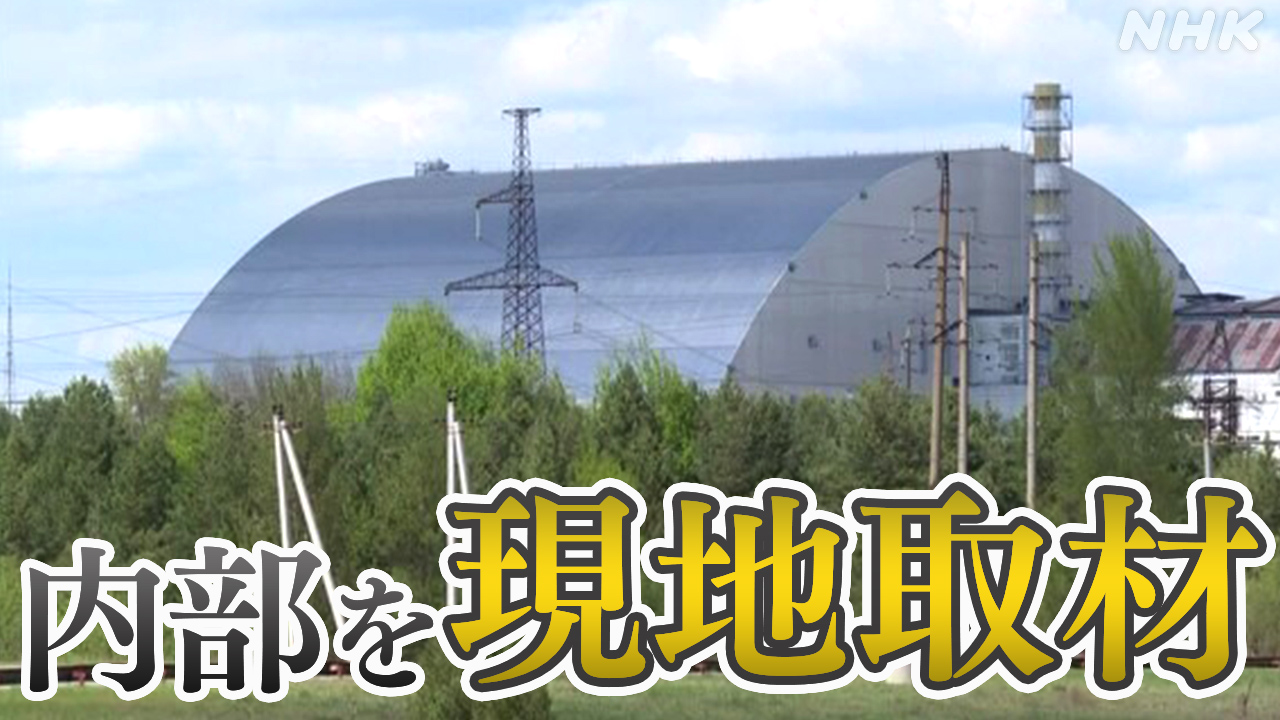Ukraine: Chernobyl Shelter's Plight After Russian Assault – A Nuclear Legacy Under Threat
The ongoing war in Ukraine has cast a long shadow, extending far beyond the battlefield. One of the most concerning aspects of the conflict’s impact is the precarious state of the Chernobyl Exclusion Zone and the newly constructed New Safe Confinement (NSC) shelter, following the Russian assault. This article explores the challenges faced, the potential risks, and the ongoing efforts to secure this vital site crucial for global nuclear safety.
The Russian Occupation and its Fallout
The Russian occupation of Chernobyl in the early days of the invasion raised significant international alarm. Reports surfaced of heightened radiation levels due to the movement of heavy military vehicles disturbing contaminated soil, and concerns about the safety and wellbeing of the on-site personnel were rampant. While the precise extent of the damage remains under investigation, the implications are profound.
Key Concerns Arising from the Occupation:
- Radiation Exposure: The displacement of radioactive material due to military activity poses a long-term risk to both the environment and potentially, the surrounding population. Independent verification of radiation levels remains crucial.
- Compromised Infrastructure: The intensity of the fighting and occupation could have damaged critical infrastructure necessary for the ongoing operation and maintenance of the NSC. This includes power supply, monitoring systems, and communication networks.
- Security Breaches: The temporary loss of control over the site raised serious concerns about the potential theft of radioactive materials or sabotage of the containment structure.
- Staff Welfare: The psychological and physical well-being of the personnel who remained at the plant during the occupation warrants attention. Their experiences and potential exposure require careful assessment.
The New Safe Confinement (NSC): A Bastion Under Pressure
The NSC, a massive arch-shaped structure built over the damaged Chernobyl Nuclear Power Plant reactor, represents a significant achievement in nuclear safety. However, the Russian occupation put this crucial piece of infrastructure under unprecedented pressure.
Assessing the NSC's Integrity:
- Structural Damage Assessment: Independent inspections are essential to assess any potential structural damage caused by the military activities. The long-term integrity of the NSC is paramount.
- Monitoring Systems Functionality: The effectiveness of the monitoring systems within and around the NSC must be verified to ensure the early detection of any leaks or anomalies.
- Emergency Response Capabilities: The readiness of emergency response protocols and equipment is critical to address any unforeseen circumstances.
The Path Forward: Rebuilding Trust and Security
The situation at Chernobyl underscores the critical need for international cooperation in nuclear safety. Ukraine, with the support of international organizations like the IAEA (International Atomic Energy Agency), is actively working to secure the site, investigate the damage, and restore full operational capacity.
Key Steps for the Future:
- Transparency and Information Sharing: Open communication and data sharing regarding the situation at Chernobyl are essential to maintain global confidence and ensure appropriate international assistance.
- International Monitoring and Support: Continued monitoring by independent international experts will build confidence and assist in accurate assessment and remediation efforts.
- Long-Term Sustainability: Investment in the long-term sustainability of the site, including infrastructure upgrades and staff training, is paramount to preventing future incidents.
- Addressing Long-Term Environmental Impacts: Comprehensive environmental assessments are needed to understand the long-term impact of the Russian occupation on the surrounding environment and the potential for future remediation efforts.
The Chernobyl disaster continues to serve as a stark reminder of the catastrophic consequences of nuclear accidents. The events unfolding post-Russian assault underscore the fragility of this achievement and highlight the continuing importance of international collaboration in preventing future nuclear-related catastrophes. The future of the Chernobyl Exclusion Zone and the integrity of the New Safe Confinement demand our unwavering attention and support. We must learn from this experience to strengthen global nuclear safety protocols and ensure such incidents are never repeated.
